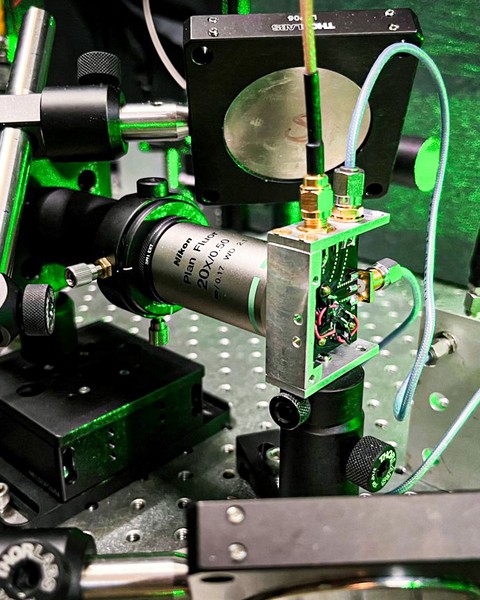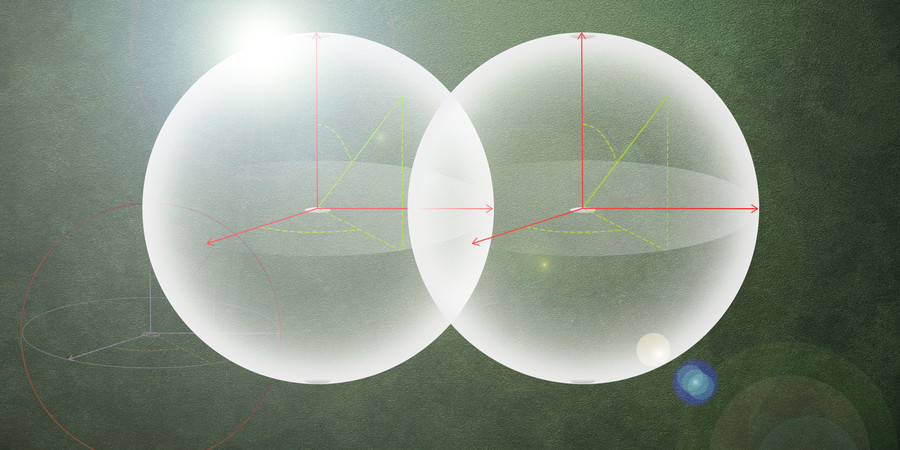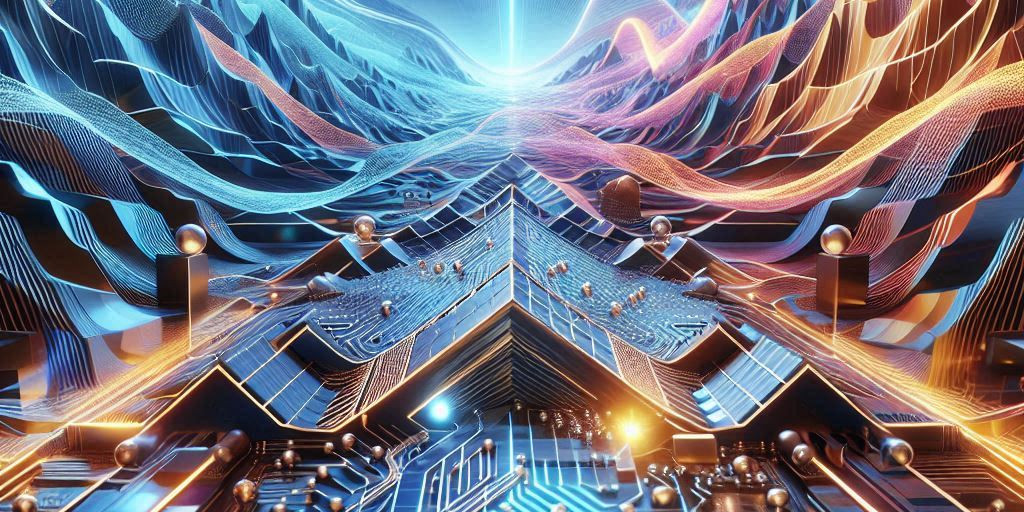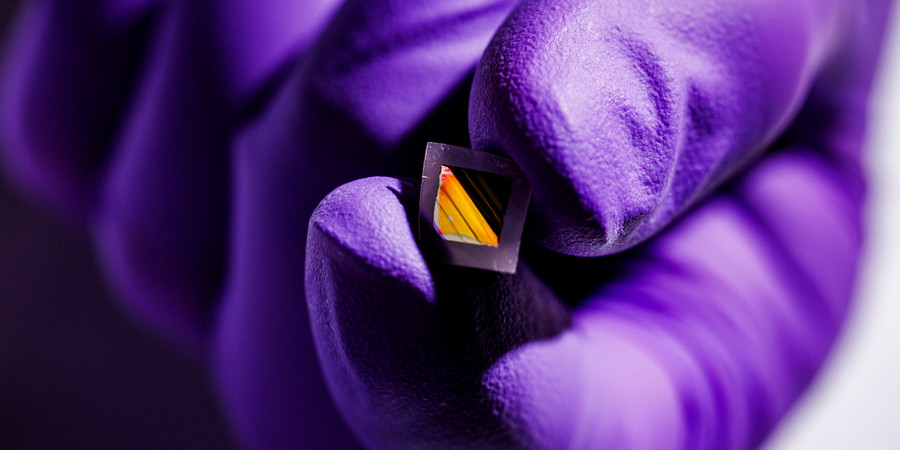August 2, 2023
Electronic devices typically use the charge of electrons, but spin — their other degree of freedom — is starting to be exploited. Spin defects make crystalline materials highly useful for quantum-based devices such as ultrasensitive quantum sensors, quantum memory devices, or systems for simulating the physics of quantum effects. Varying the spin density in semiconductors can lead to new properties in a material — something researchers have long wanted to explore — but this density is usually fleeting and elusive, thus hard to measure and control locally.
Now, a team of researchers at MIT and elsewhere has found a way to tune the spin density in diamond, changing it by a factor of two, by applying an external laser or microwave beam. The finding, reported this week in the journal PNAS, could open up many new possibilities for advanced quantum devices, the authors say. The paper is a collaboration between current and former students of professors Paola Cappellaro and Ju Li at MIT, and collaborators at Politecnico of Milano. The first author of the paper, Guoqing Wang PhD ’23, worked on his PhD thesis in Cappellaro’s lab and is now a postdoc at MIT.
A specific type of spin defect known as a nitrogen vacancy (NV) center in diamond is one of the most widely studied systems for its potential use in a wide variety of quantum applications. The spin of NV centers is sensitive to any physical, electrical, or optical disturbance, making them potentially highly sensitive detectors. “Solid-state spin defects are one of the most promising quantum platforms,” Wang says, partly because they can work under ambient, room-temperature conditions. Many other quantum systems require ultracold or other specialized environments.
“The nanoscale sensing capabilities of NV centers makes them promising for probing the dynamics in their spin environment, manifesting rich quantum many body physics yet to be understood”, Wang adds. “A major spin defect in the environment, called P1 center, can usually be 10 to 100 times more populous than the NV center and thus can have stronger interactions, making them ideal for studying many-body physics.”
Complete article from MIT News.
Explore
MIT Engineers Advance Toward a Fault-tolerant Quantum Computer
Adam Zewe | MIT News
Researchers achieved a type of coupling between artificial atoms and photons that could enable readout and processing of quantum information in a few nanoseconds.
III-Nitride Ferroelectrics for Integrated Low-Power and Extreme-Environment Memory
Monday, May 5, 2025 | 4:00 - 5:00pm ET
Hybrid
Zoom & MIT Campus
New Electronic “skin” could Enable Lightweight Night-vision Glasses
Jennifer Chu | MIT News
MIT engineers developed ultrathin electronic films that sense heat and other signals, and could reduce the bulk of conventional goggles and scopes.




